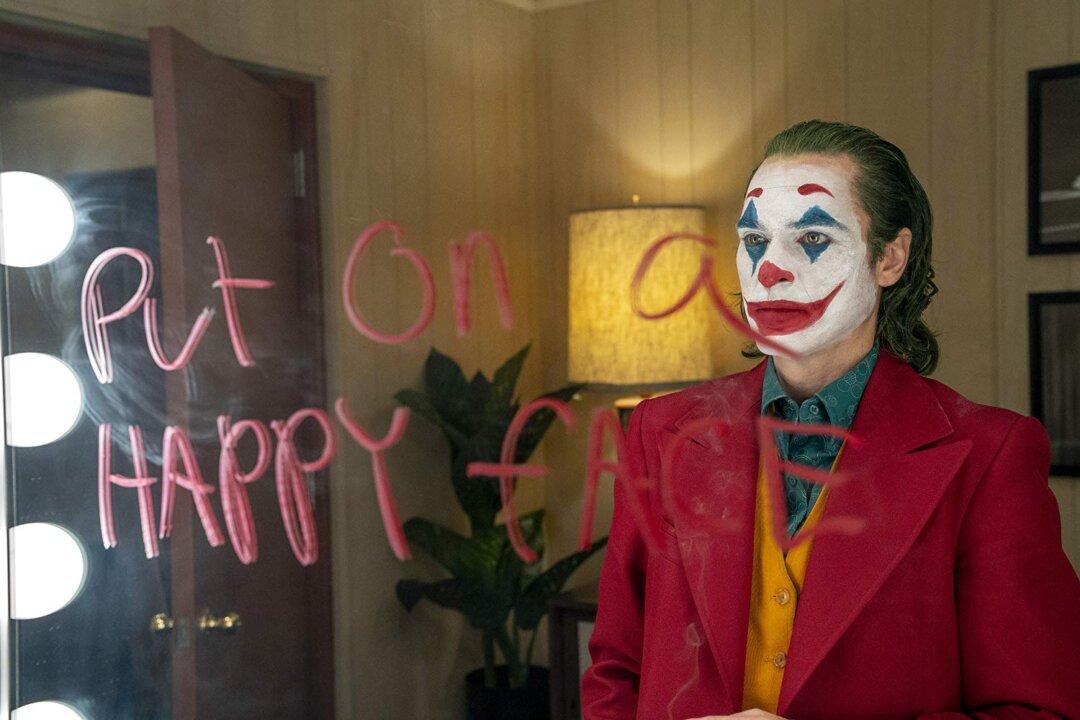In September, Robbie Collin of the Telegraph asked Joaquin Phoenix a pointed question about his starring role in the then-upcoming film “Joker”: “Aren’t you worried that this film might perversely end up inspiring exactly the kind of people it’s about, with potentially tragic results?” In response, the actor muttered, “Why? Why would you …? No … no,” and then he stood up and walked out the door. After an hour-long conference with a PR agent, Phoenix returned to the interview and explained that he had “panicked … because the question genuinely hadn’t crossed his mind before.” However, the question had crossed thousands of minds leading up to the DC Films release.
On Oct. 4, Warner Bros. released its latest Batman-themed film, “Joker,” about the franchise’s villain, the “Clown Prince of Crime.” In it, Arthur Fleck (Joaquin Phoenix) is an unsuccessful comedian with a mental illness that makes him laugh uncontrollably. Eventually, Gotham City’s cruelty makes him go insane and become the murderous Joker.





